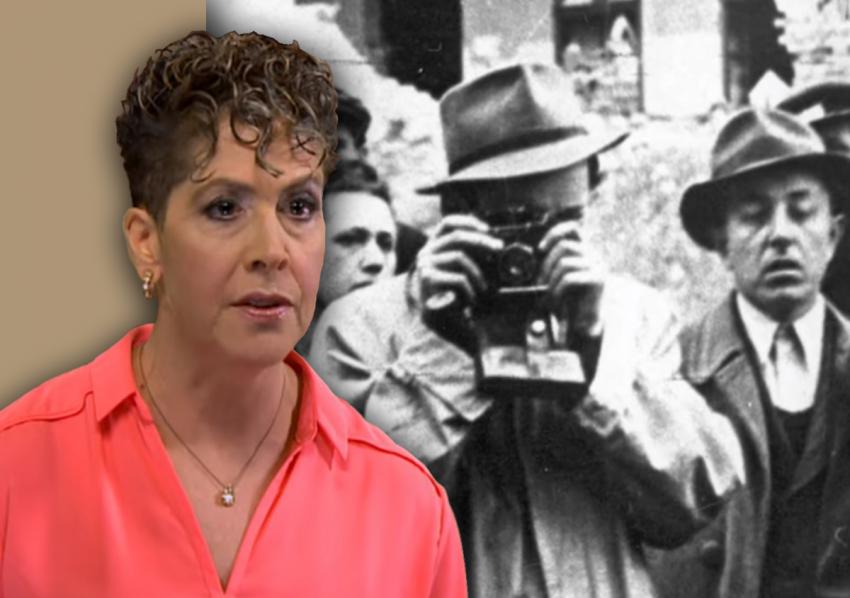The Holocaust Education Video Toolbox is designed to help educators teach the Holocaust. The focus is on methodological and pedagogical suggestions that aid with this often daunting task, as well as practical materials and discussion points for classrooms and groups - hence the name, Video Toolbox. In choosing the various topics, we have drawn on our experience with a global audience of teachers at the International School for Holocaust Studies at Yad Vashem.
The videos are divided into 5 main sections:
- Fundamentals: These videos lay out some of the foundations of Holocaust education as we see them at the International School for Holocaust Studies at Yad Vashem.
- Witness Testimony: These videos detail the various uses for testimony and testimony films in the classroom.
- Online Resources: These videos focus on items on Yad Vashem's website, demonstrating their various educational uses.
- Published Materials: These videos profile some of our published educational materials, demonstrating how these might be used in the classroom.
- Echoes & Reflections: These videos introduce lessons from the Echoes & Reflections educational program.
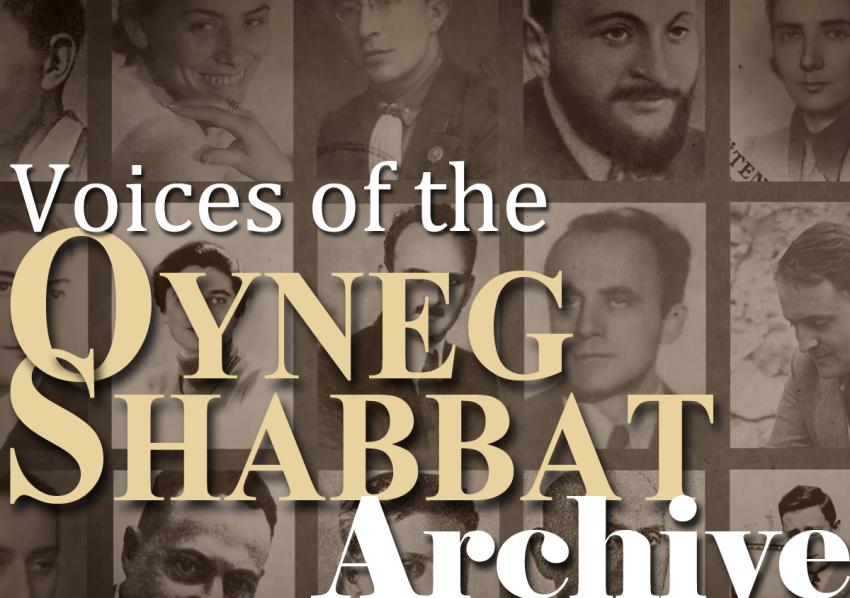
The Oneg Shabbat Underground Archive in the Warsaw Ghetto
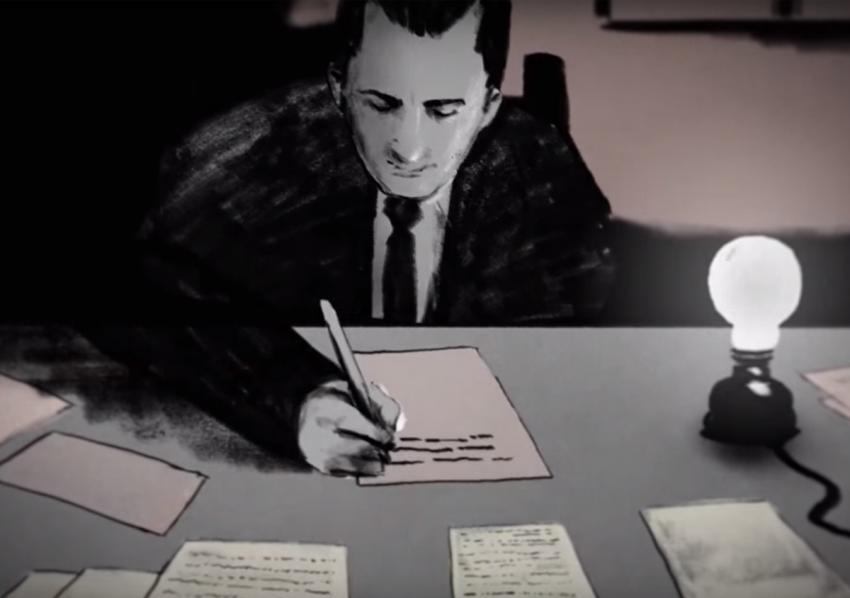
Emanuel Ringelblum: The Oneg Shabbat Underground Archive in the Warsaw Ghetto
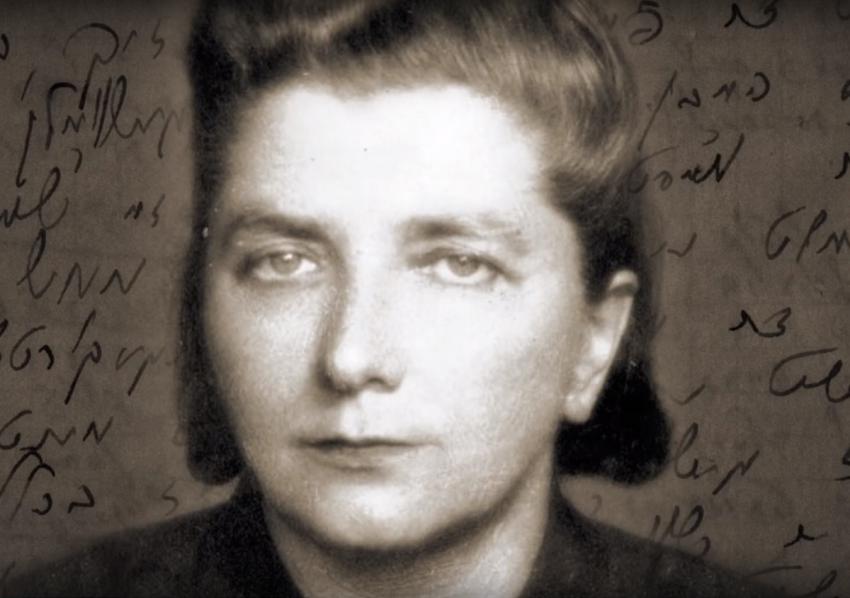
Rachel Auerbach and the Public Kitchen in the Warsaw Ghetto
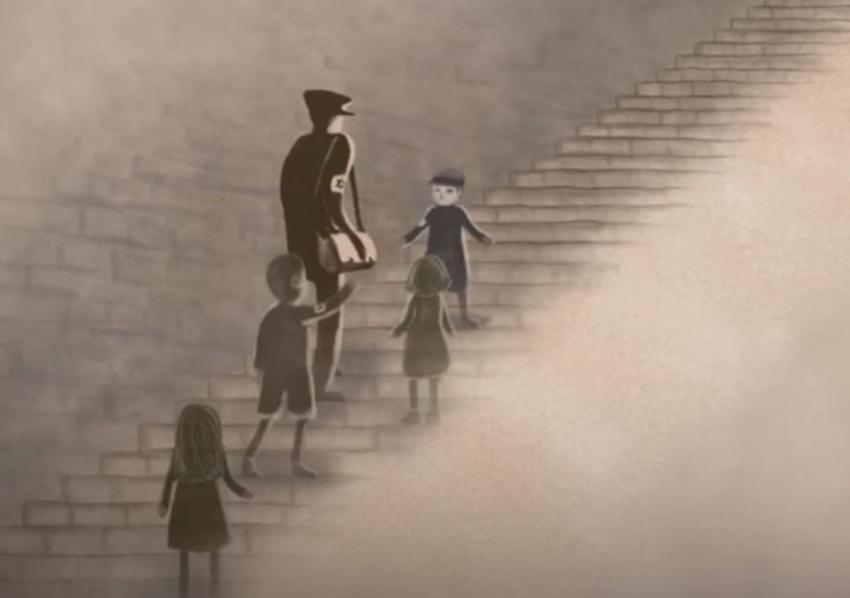
The Jewish Letter Carrier in the Warsaw Ghetto, by Peretz Opoczynski
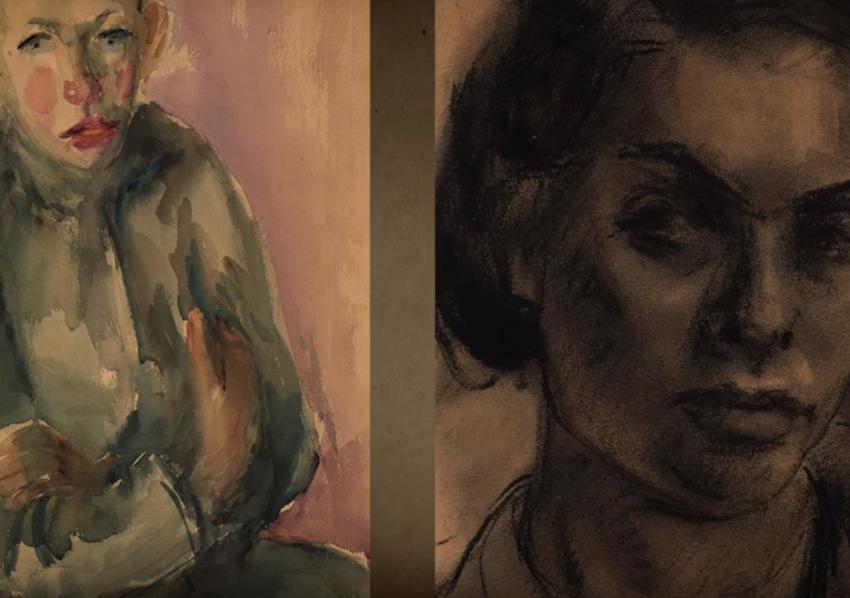
The Oneg Shabbat Archive Collections: The Wills of Israel Lichtenstein and Gele Sekstein
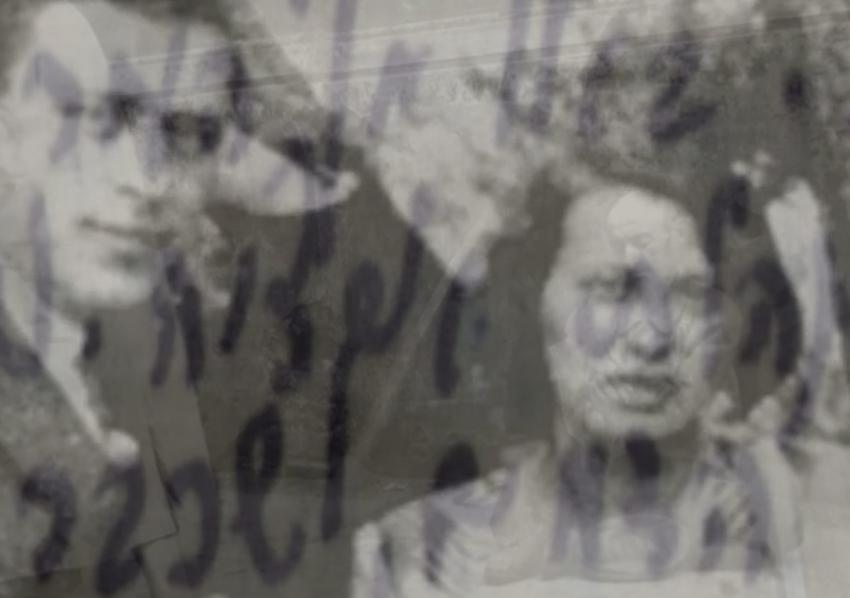
The Great Deportation in the Warsaw Ghetto - Abraham Lewin's Diary
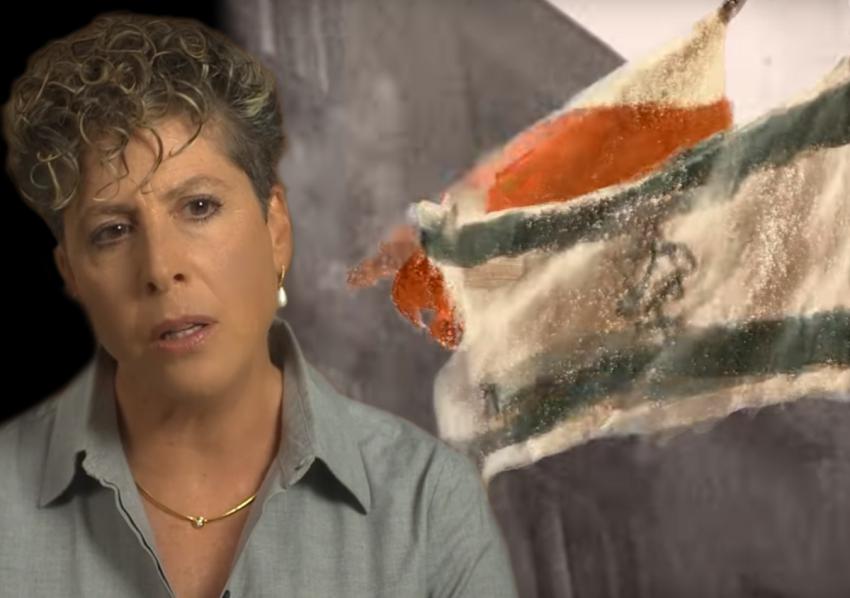
Resistance
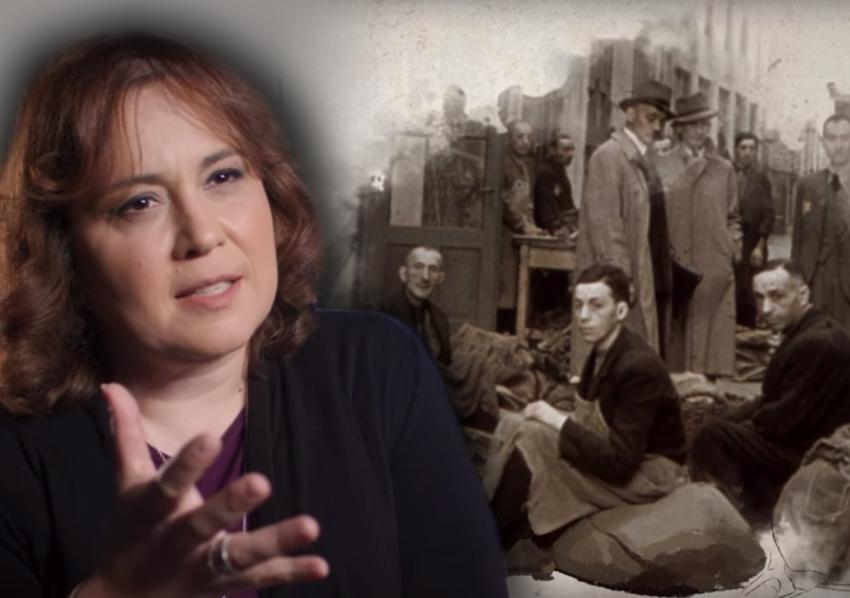
The Ghettos
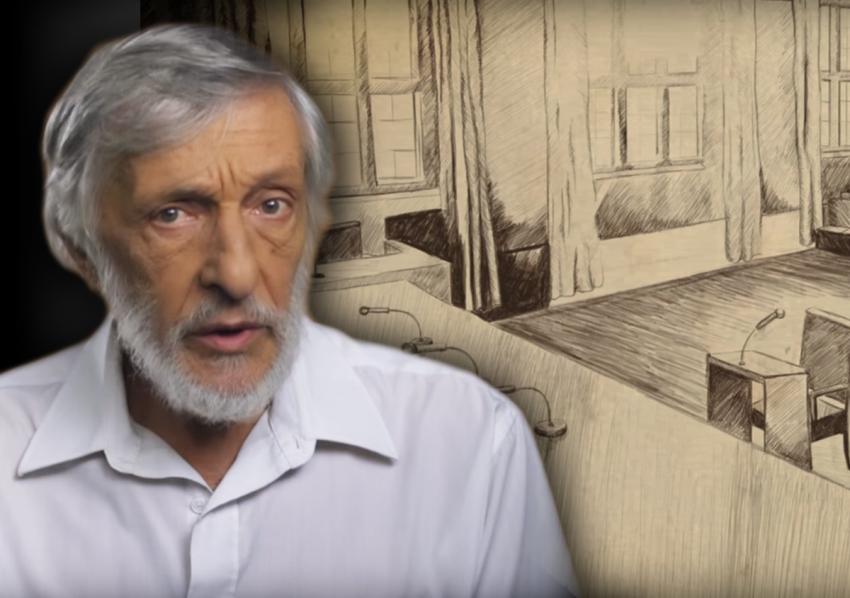
Poetry in Holocaust Education: 'Testimony' by Dan Pagis
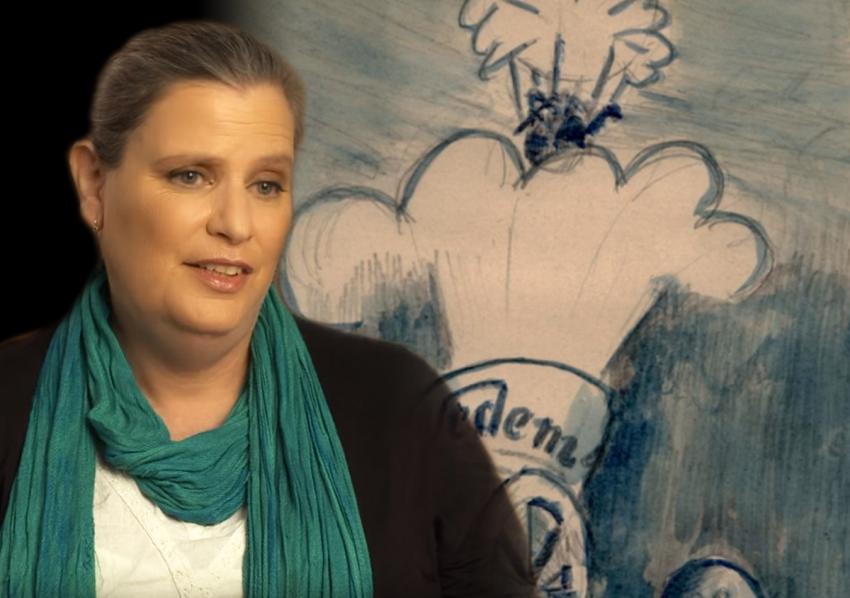
Artists of Terezin: Petr Ginz
In the video, "Artists of Terezin: Guidelines for Educators," ISHS staff member Liz Elsby presents the children's newspaper "Vedem," and demonstrates how we can use it to teach about the Holocaust.Liz Elsby is an artist, graphic designer, and guide at Yad Vashem.Part 1: IntroductionPart 2: Petr Ginz - "Vedem"Further Pedagogical ConsiderationsNote...
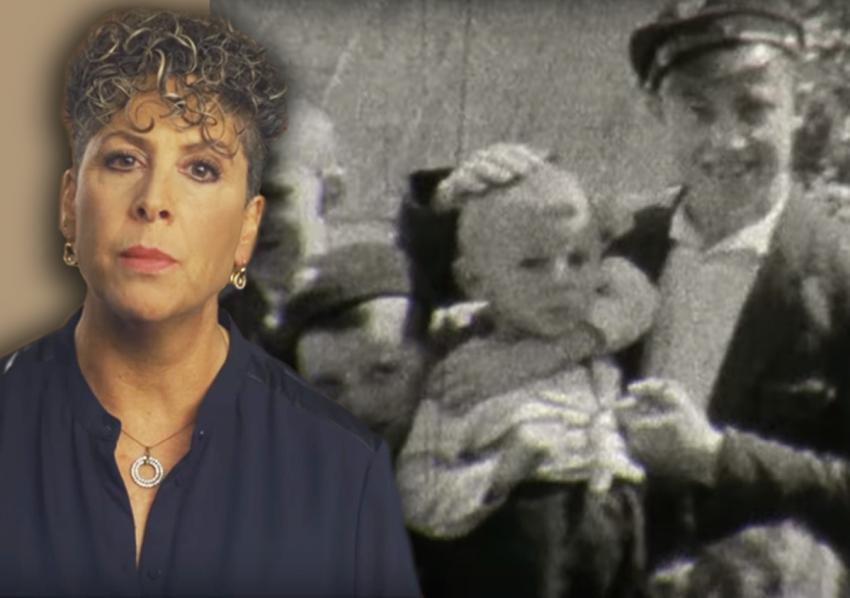
Glimpses of Jewish Life before the Holocaust
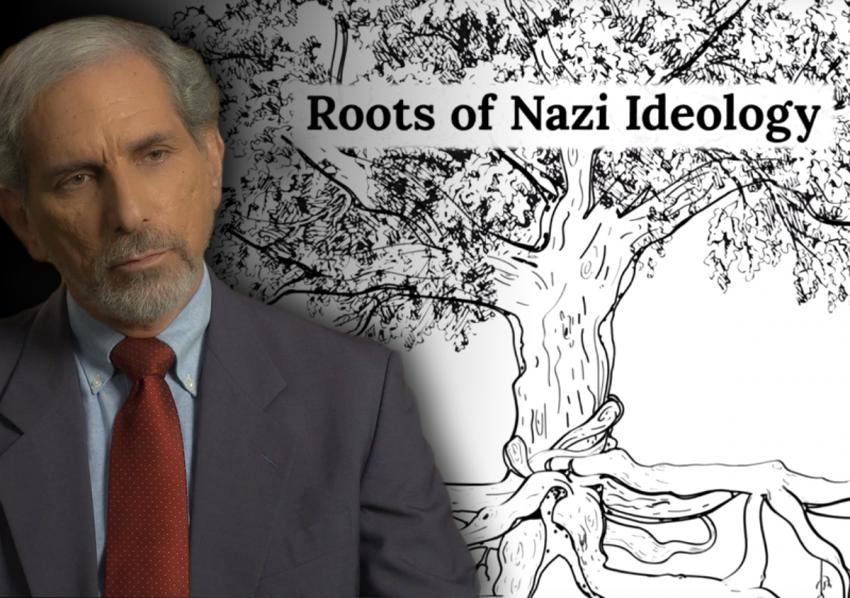
Roots of Nazi Ideology
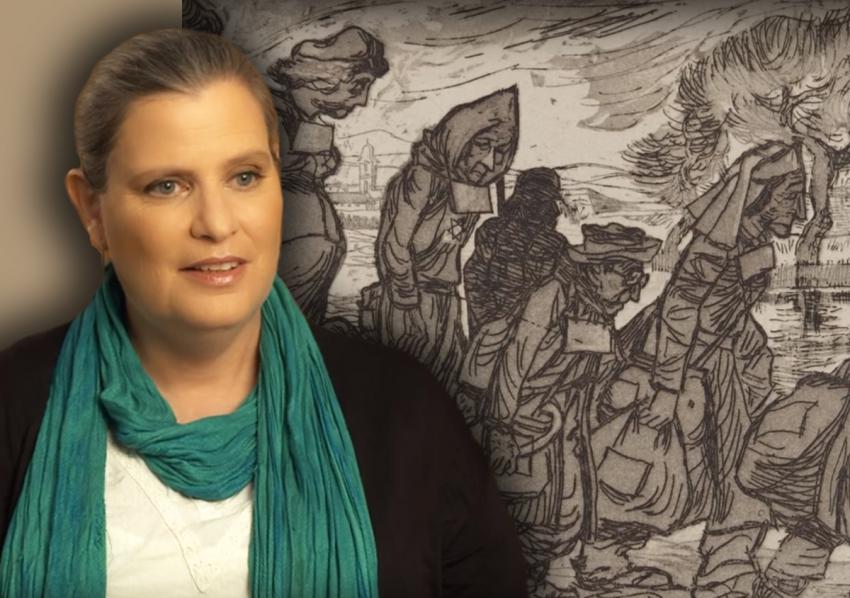
Artists of Terezin: Leo Haas
In the video, "Artists of Terezin: Guidelines for Educators," ISHS staff member Liz Elsby presents the work "SS Dog", created in the camp by Leo Haas, and demonstrates how we can use it to teach about the Holocaust.Liz Elsby is an artist, graphic designer, and guide at Yad Vashem.Part 1: Introduction"SS Dog" by Leo...
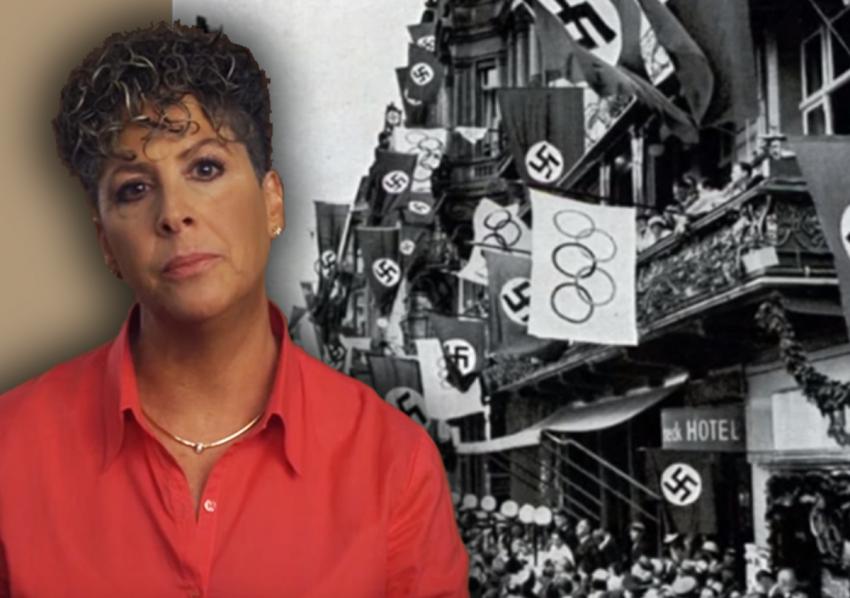
Teaching the Holocaust Using Sports
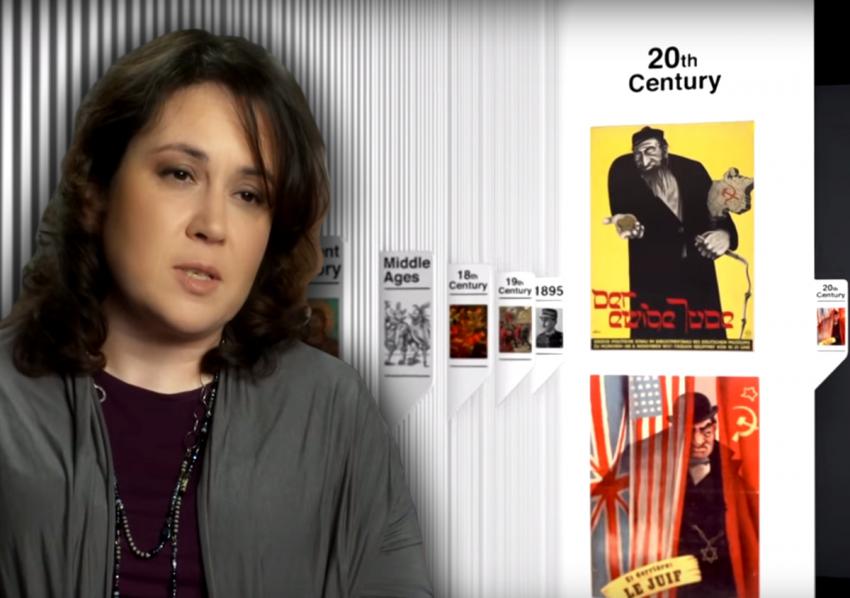
Antisemitism
How can we teach and explain to students the concept of antisemitism?
Antisemitism...

The Auschwitz Album - Guidelines for Educators
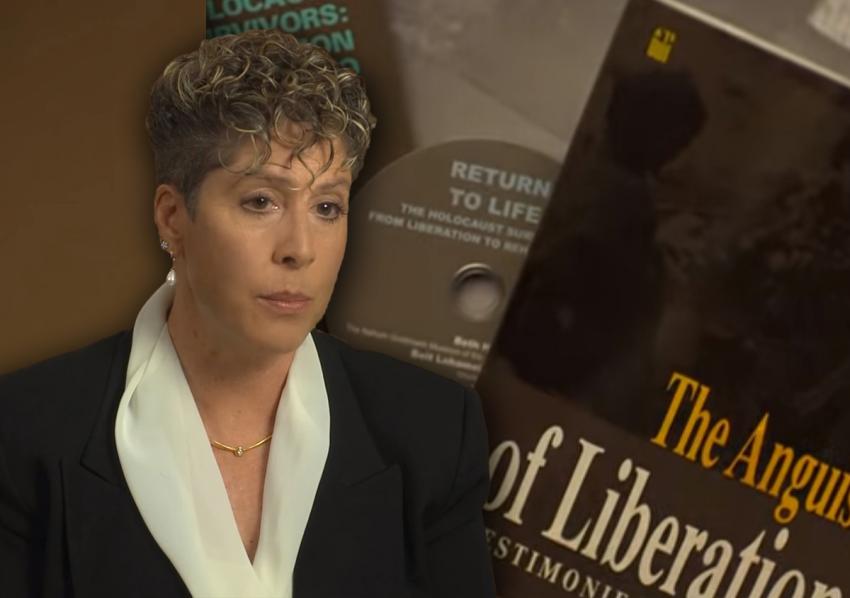
Survivors' Return to Life - Part 1
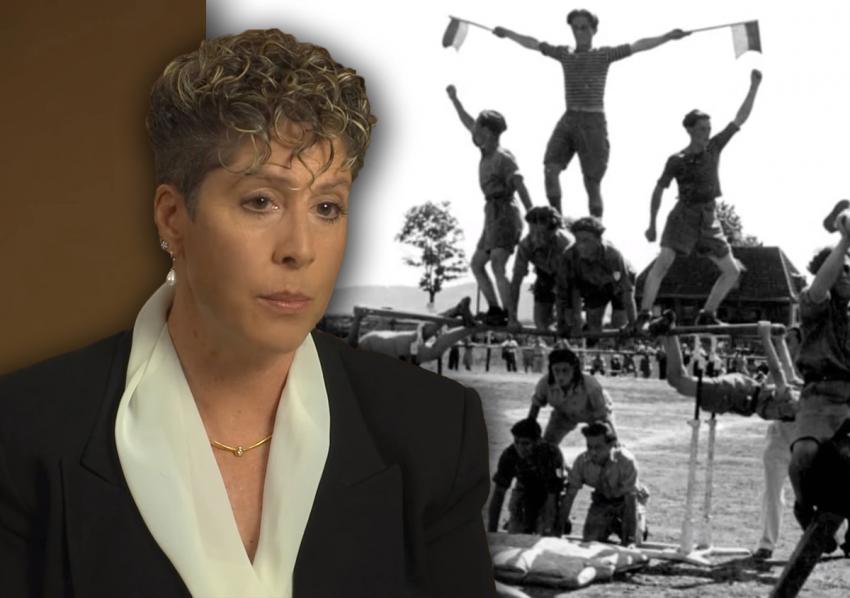
Survivors' Return to Life - Part 2

Teaching the Holocaust Using Art
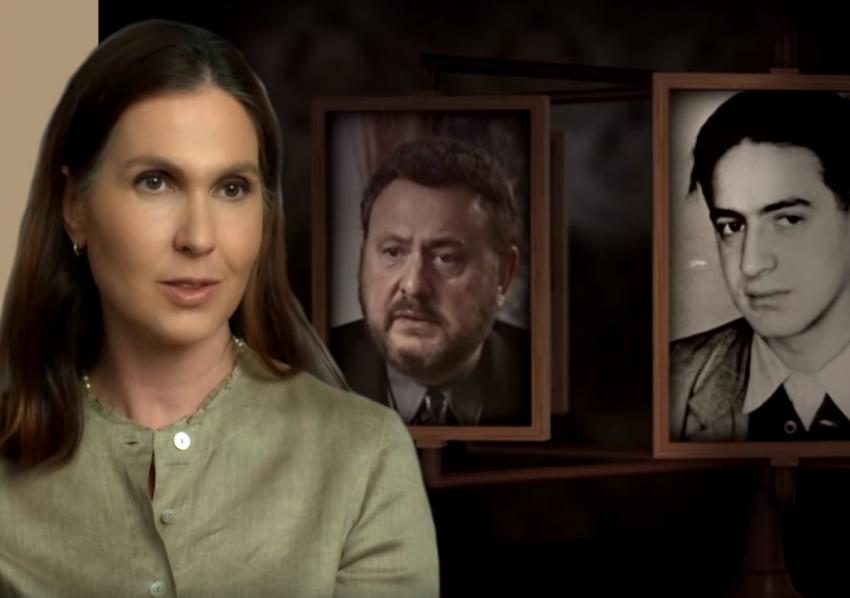
The "Final Solution" - Jewish Life on the Brink of Death

What is the Holocaust?

The Development of the Final Solution

The Educational Philosophy of the International School for Holocaust Studies, Yad Vashem
Yael Eaglstein-Benayoun, Shanie Lourie and Dr. Naama Shik are staff members at the International School for Holocaust...

Poetry in Holocaust Education

Teaching about the Perpetrators: A Case Study

Using Holocaust Testimony in the Classroom

Using the Study Unit "Everyday Life in the Warsaw Ghetto - 1941" in the Classroom

Teaching the Holocaust Using Photographs

Using Testimony Films in the Classroom - The Story of Ovadia Baruch
